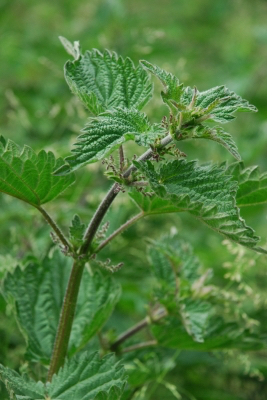 It’s #FACTUALFRIDAY everyone and 2,4-D is back in the news.
It’s #FACTUALFRIDAY everyone and 2,4-D is back in the news.
For those of you familiar with Volume 1 of The Single Source Cancer Course, you’ll recall we discussed this chemical in our analysis of non-Hodgkin’s lymphoma.
To review, 2,4-D (dichlorophenoxyacetic acid) is a key ingredient in the manufacturing of certain herbicides. For years, studies from the United States, Sweden and Canada appeared to indicate that the risk of developing NHL among farmers who used 2,4-D increased by as much as eight times. In addition, past research found that canine malignant lymphoma was greater in dogs whose owners used 2,4-D or commercial pesticide lawn treatments.
Recently, however, the World Health Organization’s International Agency for Research on Cancer (IARC) reviewed the latest scientific literature on 2,4-D and human cancers classifying it as “possibly carcinogenic to humans.” Now, that is one step below the category of “probably carcinogenic” BUT two steps above the category of “probably not carcinogenic.”
In other words, no one really seems to know for sure anymore if 2,4-D is a definite factor in human cancer or not.
IARC also found, however, that another popular herbicide — glyphosate — was “probably carcinogenic to humans”. And that means, of course, that this commonly used product is considered more dangerous than 2,4-D.
Now, we’ve known for years that we need to exercise caution when working with or around herbicides. But, we still don’t know how much caution.
So this summer, when using 2,4-D — or glyphosate — based herbicides for weed control around your home remember to read the labels, follow the instructions and take care to protect your family and pets — just in case the next series of scientific studies confirms the suspicions of many — and finds these products are, indeed, more harmful than currently indicated.
Thanks everyone! Until next time,
TAKE THE COURSE AND TAKE CHARGE!
Image courtesy of Karen Shaw at Freedigitalphotos.net



Leave a Comment